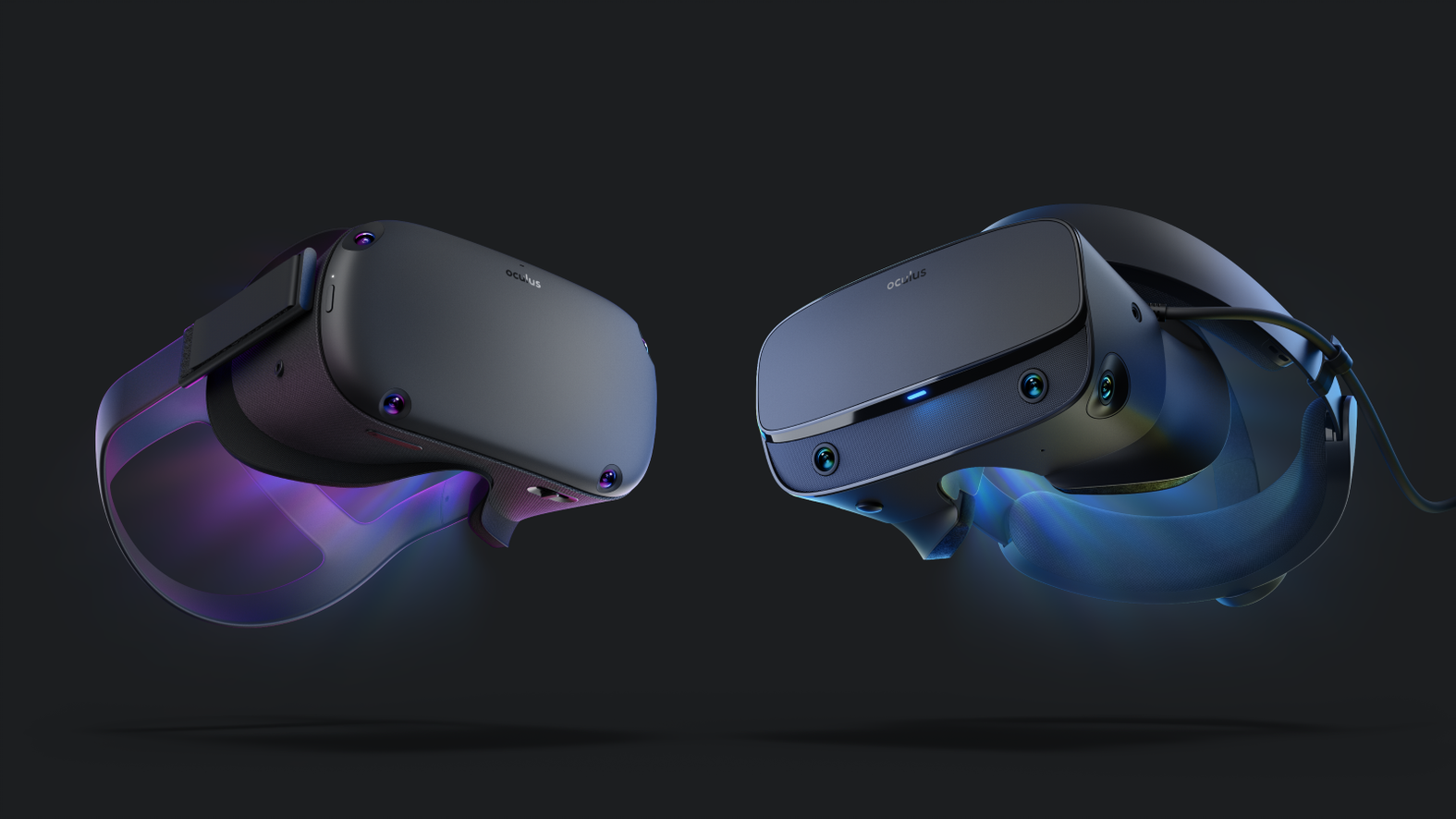Studies unclear if gender matters when it comes to VR sickness and headset design
There's lots of data, but no clear cut answer.
There's been some interesting research on motion sickness in VR, an unpleasant phenomenon that, like sea sickness, seems to affect certain people more than others. Is there a rhyme or reason to it all, and does gender play a role? That's tough to answer, because there are somewhat conflicting studies on the topic.
What prompted us to look into this is a Twitter post calling attention to an ABC News article, with an interesting quote. Have a look:
"approximately 90% of women have pupils that are closer together than the default headset setting, and 27% of women's eyes don't fit the headset at all. "Interesting article on motion sickness:https://t.co/Srar73a2cb#VirtualReality #VRAugust 31, 2019
At a glance, it sounds like junk science, but is there truth to the claim? The crutch of the argument is that VR headsets are, for the most part, built to specifications that are more likely to feel comfortable on males than females, and importantly, make males less prone to VR sickness.
There are a bunch of layers here, but it starts with whether the pupillary distance (PD) differs, on average, based on gender. I posed the question to a longtime friend of mine, Dr. Suneet Gupta, O.D., who owns Chino Hills Eyecare Optometry in Chino Hills, California.
"In a nutshell, yes. On average, male PD is greater than female PD, but this comes from plenty of journal studies, as well as my own real life observations," Dr. Gupta said.
Dr. Gupta pointed me to a bunch of studies on the topic, including one on the relationship between pupillary distance and depth perception in humans. It found "statistically significant differences" in PD between genders, and also ethnicity.
Being a sports fan, I found another study (PDF) on PD among baseball athletes and non-athletes of particular interest, and also relevant based on the gender breakdown. Indeed, the data pointed to PD differing between men and women.
Keep up to date with the most important stories and the best deals, as picked by the PC Gamer team.
What does any of this have to do with VR? Well, not all VR headsets allow for the adjustment of the distance between lenses. The lenses in the Oculus Rift S, for example, are fixed. This is something Road to VR looked at earlier this year. It asked Oculus to provide data on a similar metric, interpupillary distance (IPD), and here's what it boils down to:
- Oculus Rift
Adjustable lens IPD: 58-72mm
"Best for users between 56mm and 74mm" - Oculus Rift S
Fixed lens IPD: 63.5mm
"Best for users between 61.5mm and 65.5mm" - Oculus Go
Fixed lens IPD: 63.5mm
"Best for users between 61.5mm and 65.5mm" - Oculus Quest
Adjustable lens IPD: 58-72mm
"Best for users between 56mm and 74mm"
Oculus also noted that "perception and comfort will vary person to person and depend on anatomy, and some people may have a higher tolerance for the experience (for example, if they fall outside 'best' range, they could still use and enjoy the headset)."
Unfortunately, there's just no clear cut answer on whether this matters. At least one study points to women reporting more symptoms of VR sickness than men, and Bas Rokers, a psychologist at the University of Wisconsin-Madison, links it to IPD and VR headset design. Rokers is the one who was quoted in the tweet above.
"The default headset is somewhat larger than the average IPD of the population ... [which] matches very nicely with the average male IPD. It doesn't do it so well for females," Rokers told ABC News.
Incidentally, Rokers published a study (PDF) in which he found no inherent relationship between sex and motion sickness, hence why he believes VR headset design (with regards to IPD) might play a role.
"Our results suggest that tailoring the IPD of the display to the individual may reduce motion sickness - that is, ensuring that the IPD of the device is matched to the IPD of the observer will reduce some sources of cue conflicts and eliminate the previously-reported sex differences," Rokers wrote.
Rokers is not alone in this thinking. Thomas Stoffregen, a kinesiologist at the University of Minnesota, share a somewhat different analysis with ABC News.
"Existing interactive technologies are sexist in their effects. That is to say, they are more likely to make women sick than men. "But this is not limited to technology—in general, women are more susceptible to motion sickness than men, anytime, anywhere," Stoffregen added.
As with many topics, there are conflicting studies and hypotheses. One thing is for sure though—it would benefit the VR industry as a whole to figure out ways to reduce the motion sicknesses when using these technologies, regardless of gender, age, etc.
Paul has been playing PC games and raking his knuckles on computer hardware since the Commodore 64. He does not have any tattoos, but thinks it would be cool to get one that reads LOAD"*",8,1. In his off time, he rides motorcycles and wrestles alligators (only one of those is true).



